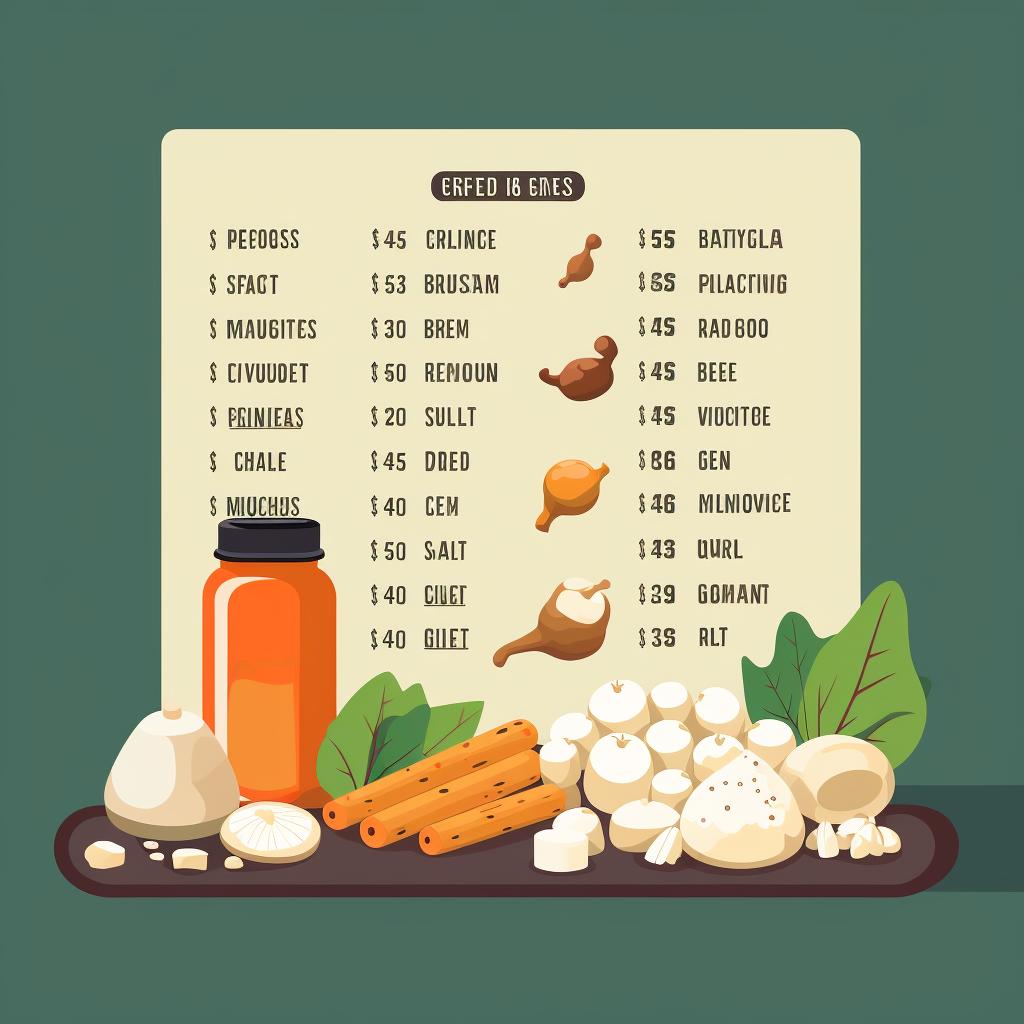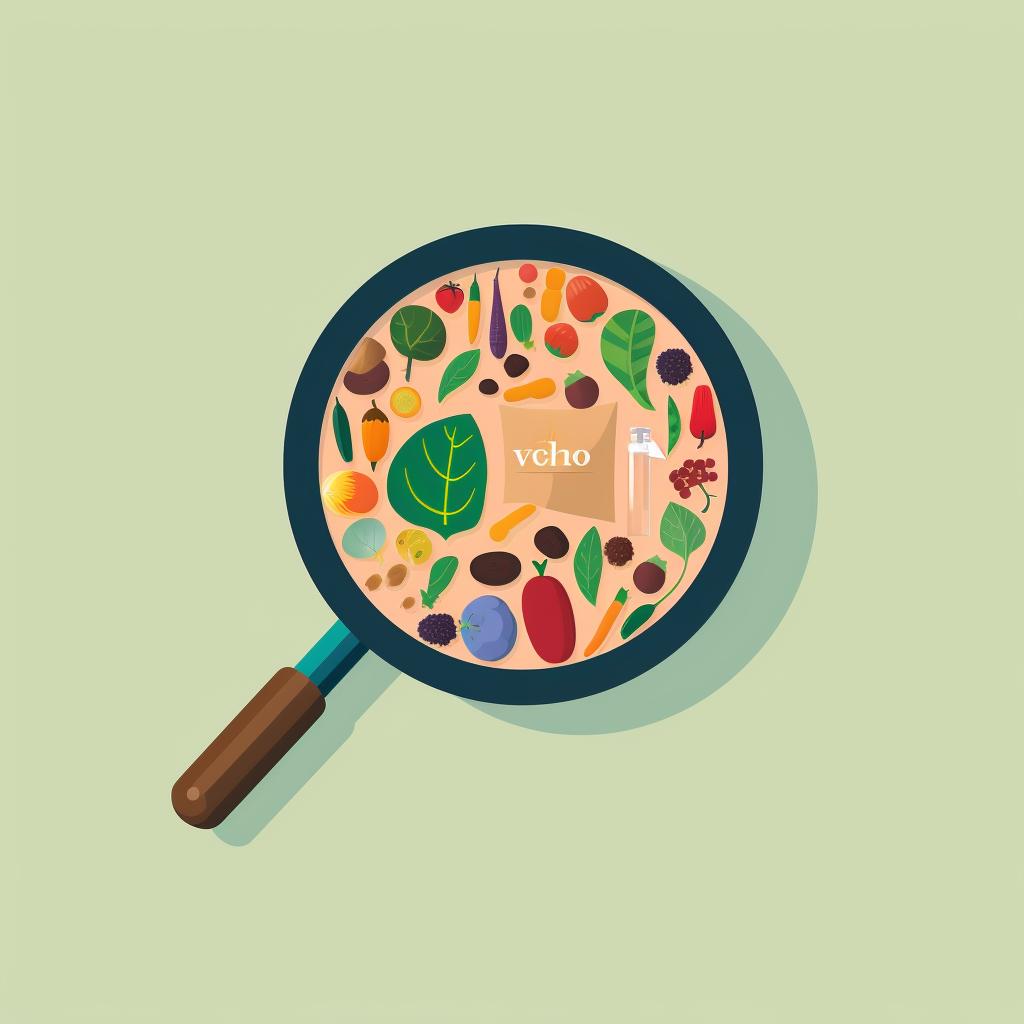Ethan Reed is a sustainability expert and environmental activist. He provides insights on how to live a vegan lifestyle while minimizing environmental impact. Ethan's articles on eco-friendly vegan products are highly appreciated by Lonely Vegan readers.
Transitioning to a vegan diet can be an exciting, yet challenging journey. It's a lifestyle change that requires commitment, but with the right approach, you can expect a smoother transition. Here's what you can expect and how to navigate it.
🌱Feeling the Shift: Your Body's Response to a Vegan Diet
Initially, you might experience some physical changes. This is your body adjusting to the new diet. You may feel lighter, have more energy, or experience digestive changes. Don't worry, these are normal and temporary. Stick with it, and soon you'll start reaping the health benefits of a vegan diet.
🍔Tackling Temptations: How to Navigate Cravings on Your Vegan Journey
Cravings for non-vegan foods may occur, especially in the early stages. The key is to find vegan alternatives that satisfy these cravings. Also, navigating social events or eating out can be a challenge initially. But over time, you'll learn how to handle these situations.
Common Cravings and Their Vegan Alternatives
📚Embracing the Vegan ABCs: Learning the Ropes of a Vegan Lifestyle
Starting a vegan journey involves a learning curve. You need to learn about the nutrients your body needs, how to read food labels, and how to prepare vegan meals. Check out these easy vegan recipes to get started.
One of the most crucial skills you need to develop as a vegan is the ability to read and understand food labels. This will help you identify hidden non-vegan ingredients and make informed choices about the foods you consume. Here is a step-by-step guide to help you navigate this process:
Learn more about Decoding Food Labels: A Vegan's Guide 🌱 or discover other Lonely Vegan guides.
Remember, transitioning to a vegan diet is a journey, and it's okay to make mistakes along the way. The important thing is to keep learning and striving to make choices that align with your values. Happy label reading!
💚Heartfelt Changes: Emotional Rollercoaster of Starting a Vegan Diet
Emotionally, you may feel empowered and content knowing that your choices align with your values. However, you might also face criticism or lack of understanding from others. Remember, this is your journey. Stay true to your beliefs and find support in the vegan community.
As we've discussed, transitioning to a vegan diet can be a deeply personal and transformative journey. Here's a video that perfectly illustrates this:
Tabitha's journey is a testament to the power of a vegan diet. As you can see, transitioning to a vegan lifestyle is not just about changing what you eat, but also about transforming your health, your life, and your impact on the environment.
🌍Saving the Planet, One Meal at a Time: The Environmental Impact of Going Vegan
By transitioning to a vegan diet, you're making a significant contribution to reducing environmental impact. It's a rewarding feeling knowing that you're part of the solution.
Carbon Footprint Reduction by Going Vegan
This quiz will test your knowledge about how much carbon footprint you can reduce by transitioning to a vegan diet.
Learn more about 🌱 Carbon Footprint Reduction Quiz: How Going Vegan Helps the Environment 🌍 or discover other Lonely Vegan quizzes.
In conclusion, transitioning to a vegan diet is a unique journey for everyone. It can be challenging, but with patience, learning, and support, it can be a fulfilling and rewarding experience. Start your vegan journey today and join the Lonely Vegan community to share your experiences and learn from others.
What stage are you at in your vegan journey?
We're curious to know more about your vegan journey. Please share with us where you are at in your journey. Your responses will help us to provide more relevant content and support for our community.




















